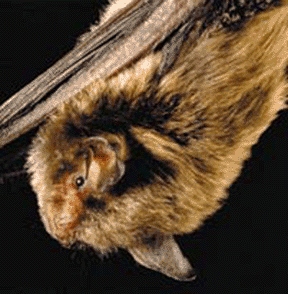Facts About Indiana bat
The Indiana bat, a medium-sized bat distinguished by its mouse-like ears, is native to North America and predominantly found in the Southern and Midwestern United States. Sadly, it is listed as an endangered species due to a sharp decline in its population. These bats have fur that can be gray, black, or chestnut-colored, and they measure about 1.2 to 2 inches in length, weighing between 4.5 to 9.5 grams. They inhabit hardwood forests and primarily consume flying insects such as moths, beetles, mosquitoes, and midges.
The Indiana bat's endangered status is attributed to several threats, including habitat loss, human disturbances, pesticide use, white-nose syndrome, and wind turbines. The population has been decreasing since the 1970s. Conservation efforts are focused on protecting their hibernation sites (known as hibernacula) and minimizing human interference.
These bats have specific habitat requirements, preferring to roost in dead trees (snags) and live trees with peeling bark. They have distinct summer and winter residences, migrating between their hibernation sites and summer roosts. As nocturnal foragers, they consume a variety of insects, with their diet changing based on their location and the season.
Predators of the Indiana bat include snakes, raccoons, skunks, opossums, and birds of prey. However, human activities, especially disturbances during hibernation, pose a more significant threat to their survival. Conservation efforts aim to protect their habitats, reduce disturbances, and raise public awareness about their endangered status.
In an interesting initiative, an album titled "Ultrasonic" was released in 2020, featuring the sounds made by Indiana bats mixed with music from ambient and experimental artists. This creative project sought to make the bats' ultrasonic echolocations audible to humans, highlighting the musicality of their vocalizations and drawing attention to their plight.

 Mexico
Mexico